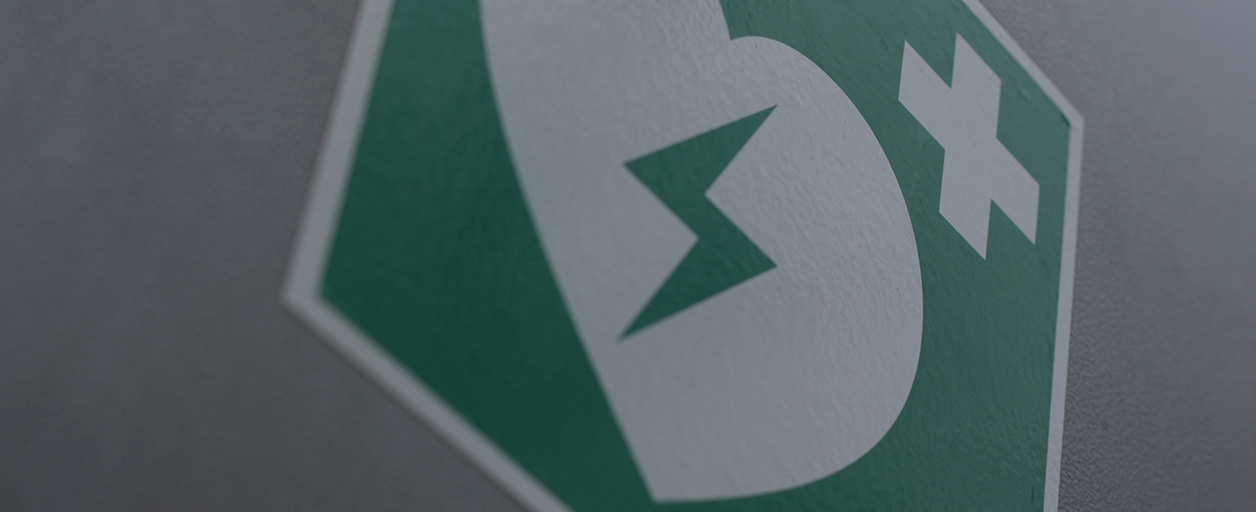The National Institute of Genomic Medicine registered the first case of the SARS-CoV-2 subvariant BA.2, in a 48-year-old woman, after she tested positive for COVID-19, in Mexico City, on March 17. January.
The BA.2 subvariant derives from the original Ómicron or BA.1 variant that caused the last wave of COVID in Mexico and the world. According to the Global Initiative on Sharing All Influenza Data platform, 4,123 cases of Omicron have been described in Mexico, of which only one has the BA.2 lineage.
The BA.2 subvariant has not yet been declared of concern by the World Health Organization (WHO). But it is closely followed by the scientific community due to its rapid spread in countries like Denmark, where it already accounts for 82% of COVID-19 cases.
The main characteristic of this strain is its high transmission capacity, but, according to the WHO, everything seems to indicate that it is not more serious than the original Ómicron.
“If you have been exposed to Omicron BA.2 in your home, you have a 39% chance of becoming infected within seven days. If you have been exposed to BA.1 instead, the chance is 29%,” study lead author Frederik Plesner told Reuters.
The emerging BA.2 form of the Omicron variant of the coronavirus does not appear to be more severe than the original BA.1 form, a WHO official said on Tuesday.
Vaccines also continue to provide similar protection against the different forms of Omicron, said Dr Boris Pavlin of the WHO COVID-19 Response Team.








